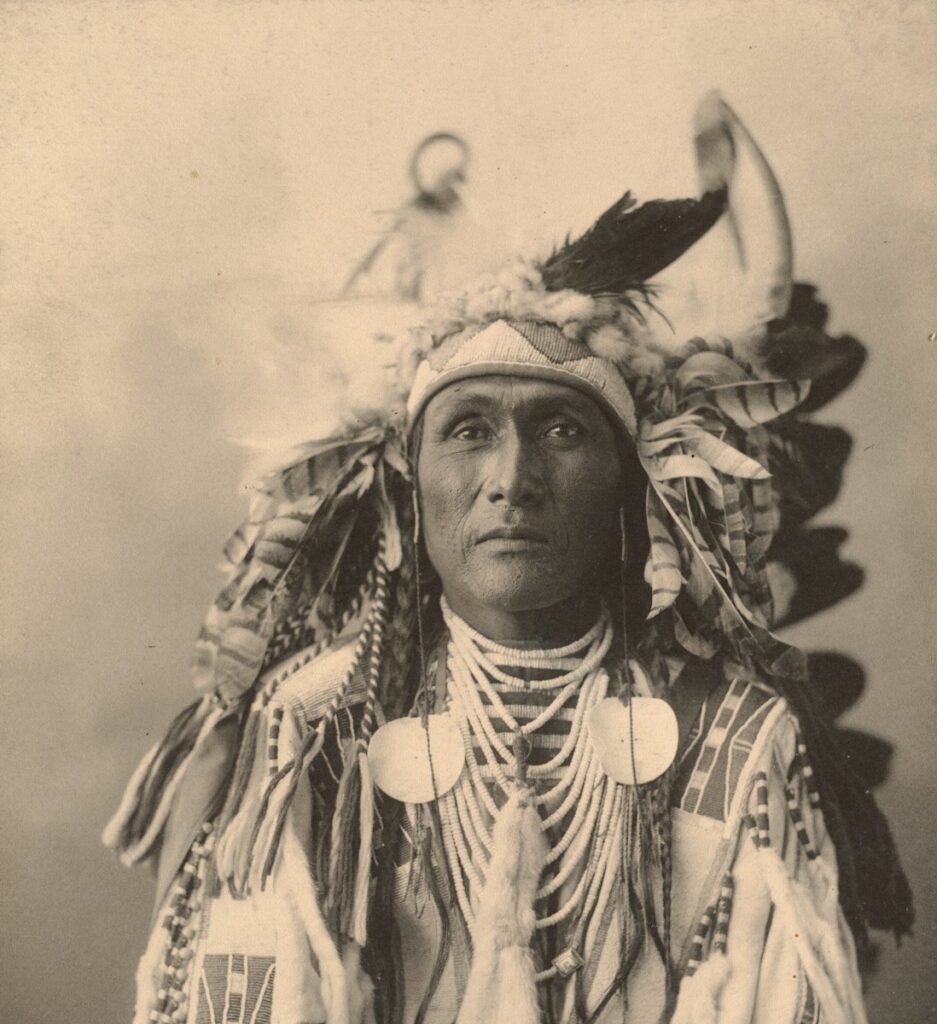
Ever stashed away spare change in a glass jar, only to raid it during a rainy day? That’s my earliest memory of ‘savings’—but it turns out, not everyone views socking away money the same way. For tribal communities, saving might mean planning a feast, supporting a neighbor, or investing in the communal good. In big cities, ‘savings’ is often a solo sport, measured in bank statements and interest earned. Let’s crack open what ‘savings’ really means across these worlds, and why the story might be bigger than you expect.
Culture, Ceremony, and Urban ATMs
The word “savings” carries vastly different meanings depending on where you stand. In tribal communities, saving money often means investing in relationships and ceremonies that strengthen the entire community. In urban areas, it typically means building individual financial security through bank accounts and retirement plans.

How Indigenous Cultures Influence Savings Behaviours
Tribal economic practices centre around three core principles: generosity, reciprocity, and collectivism. These values shape how Native American families think about money and community well-being. When someone receives income, the first question isn’t “How much should I save?” but rather “Who in my community needs help right now?” Consider Amanda, a Lakota grandmother who recently received her tax refund. Instead of depositing the money into a savings account, she chose to purchase regalia for her granddaughter’s high school graduation ceremony. To Amanda, this wasn’t spending it was investing in her family’s cultural identity and her granddaughter’s place within the community. This approach reflects how indigenous cultures influence financial decisions. Traditional Native American economics viewed wealth accumulation as less important than wealth circulation. The more you gave away, the higher your social standing became.
Urban Savings Trends and Individual Security
Urban savings trends follow a different pattern entirely. City dwellers typically focus on:
- Building emergency funds for unexpected expenses
- Contributing to 401,000 retirement accounts
- Saving for major purchases like homes or cars
- Creating financial buffers for job loss or illness
In urban environments, financial advice often sounds like “skip the daily latte to maximize your retirement savings.” This individualistic approach prioritizes personal financial security over community relationships.

Banking Access and Cultural Barriers
The differences in saving behaviours become more complex when considering access to traditional banking services. Tribal communities face a 12.2% unbanked rate, significantly higher than the national average. This statistic reflects both geographic challenges many reservations lack nearby bank branches and cultural misalignment with Western financial institutions. Many Native American families find that traditional banking products don’t match their economic values. Standard savings accounts reward individual accumulation, while tribal economic systems emphasize community circulation of resources.
Ceremony as Economic Investment
In tribal communities, ceremonies represent major economic events that might puzzle urban financial advisors. A powwow, naming ceremony, or healing ritual requires significant financial investment from multiple families. These events strengthen social bonds, preserve cultural knowledge, and create networks of mutual support. Urban financial planning rarely accounts for such community-centred expenses. While a city resident might save for a vacation or new furniture, a tribal family might prioritize contributing to a relative’s sun dance or helping fund a traditional wedding.
Different Definitions of Financial Success
These contrasting approaches reveal fundamentally different definitions of financial success. Urban savers often measure success through account balances, credit scores, and retirement fund growth. Tribal economic practices measure success through community relationships, cultural preservation, and collective well-being. Neither approach is superior they simply reflect different values and life circumstances. Understanding these differences helps explain why one-size-fits-all financial advice often falls short in serving diverse communities effectively.

Banks, Blankets, and Borrowing: Financial Tools in Two Worlds
The financial landscape looks vastly different when viewed through tribal versus urban lenses. While mainstream banks focus on credit scores and collateral, Native American banks operate on entirely different principles that honour community relationships and cultural values.
Culturally Informed Lending in Tribal Communities
Culturally informed lending represents a fundamental shift from traditional banking practices. Native American banks understand that tribal members often experience seasonal income patterns tied to agricultural cycles, tourism, or cultural events. Instead of rigid monthly payment schedules, these institutions offer flexible terms that align with when families actually receive money. This approach recognizes that a family’s income might peak during powwow season or harvest time, then remain minimal during winter months. Relationship-based lending means loan officers know their borrowers personally, understanding their character and commitment beyond what appears on paper. Despite being undercapitalized compared to mainstream banks, Native American banks deliver outsized impact to their communities. They provide significant loans to tribal members who might otherwise be excluded from traditional banking systems.
Trust Barriers and Alternative Solutions
Many tribal members avoid traditional banks due to historical mistrust or lack of physical access. Remote reservation locations often lack nearby bank branches, making basic banking services difficult to reach. This gap creates space for community-based alternatives. Imagine a lending circle where money flows not with interest rates, but with promises to help during powwow time or harvest season. These informal networks operate on reciprocity rather than profit, reflecting traditional values of mutual aid and community support. Shared resources often fill the gaps left by formal banking. Families might pool money for major purchases or emergencies, creating their own safety nets without involving outside institutions.
Urban Banking
Urban dwellers typically engage with banks and credit unions through standardized products. They rely on tools like:
- Personal loans with fixed interest rates
- Overdraft protection for checking accounts
- High-yield savings accounts for long-term goals
- Credit cards for daily purchases and building credit history
These systems prioritize efficiency and scalability over personal relationships. Loan decisions happen through algorithms and credit scoring models, with minimal human interaction required.
Financial Education Programs: Building Bridges
Multiple Native American financial institutions recognize that financial education programs tailored specifically for tribal communities are essential. These programs don’t just teach budgeting and saving—they help bridge the gap between traditional values and modern financial tools. Effective financial education in tribal communities includes mentoring components, where experienced community members guide others through financial decisions. This relationship-based approach builds trust while sharing practical knowledge about banking, credit, and investment options. The programs often address unique challenges like navigating per capita payments, understanding trust land implications for mortgages, or managing income from gaming enterprises.
Two Systems, Different Values
The contrast between these financial worlds reflects deeper cultural differences. Urban banking emphasizes individual credit building and standardized processes. Tribal financial systems prioritize community relationships and flexible approaches that honour traditional values. Neither system is inherently better they serve different communities with different needs. Understanding these distinctions helps explain why a one-size-fits-all approach to financial services often fails to serve diverse populations effectively.
Collective Security vs. Individual Planning
The way communities think about the future reveals fundamental differences in how tribal and urban societies approach financial management practices. These differences go far beyond simple money management they reflect entirely different philosophies about security, success, and responsibility.
Indigenous Leadership and Mentorship Models
Indigenous leadership creates a unique mentorship system where elders guide younger community members in long-term resource management. Unlike urban environments where financial advice often focuses on accumulation and individual wealth building, tribal communities emphasize stewardship and sustainable practices. Elders teach youth not just how to save money, but how to think seven generations ahead considering the impact of today’s decisions on future community members. This mentorship approach means that financial wisdom passes down through generations as a form of cultural inheritance. Young tribal members learn to see resources as something to protect and nurture rather than simply consume or hoard.
Collaborative Tribal Budget Formulation
Tribal budget formulation demonstrates the power of collective planning. When the 574 federally recognized tribes participate in budget formulation for services like the Indian Health Service, they engage in a deeply collaborative process. Community leaders, elders, and various tribal departments work together to prioritize spending on health services, cultural ceremonies, education, and community infrastructure. This participatory approach to economic development ensures that budgets reflect community values rather than individual preferences. Resources get allocated based on what strengthens the entire community from funding traditional ceremonies that preserve cultural identity to investing in healthcare systems that serve all tribal members.
Urban Individual Planning Patterns
Urban budgeting typically follows a different pattern, focusing on personal milestone achievements. City dwellers commonly save for individual goals like homeownership, vehicle purchases, or college education. While these goals are important, they represent a fundamentally different approach to security one based on personal assets rather than community resilience. Urban financial planning often emphasizes building individual wealth through investments, retirement accounts, and property ownership. Success gets measured by personal net worth rather than community well-being or cultural preservation.
Knowledge as Cultural Savings
Perhaps most intriguingly, many tribal communities consider traditional knowledge and cultural practices as forms of savings. This perspective challenges conventional definitions of wealth and security. Wisdom, skills, and cultural understanding become valuable assets passed down through generations resources that cannot be depleted through use but actually grow stronger when shared. This concept treats language preservation, traditional ecological knowledge, and ceremonial practices as investments in community future. While urban communities might not recognize these as “savings” in traditional financial terms, they represent valuable resources that provide long-term security and identity.
Building Sustainable Community Futures
The contrast between collective security and individual planning reveals different assumptions about what creates lasting prosperity. Financial management practices in tribal communities prioritize community resilience, cultural continuity, and shared responsibility. Urban approaches often emphasize personal financial independence and individual asset accumulation. Both approaches have merit, but understanding these differences helps explain why simple financial advice doesn’t always translate across cultural boundaries. Effective financial planning must consider whether the goal is individual wealth building or community strengthening and recognize that true security might require elements of both approaches working together.
In Conclusion: Tribal and urban communities see and practice saving in profoundly different ways, shaped by culture, necessity, and shared values. Recognizing these nuances can open up fresh conversations about economic growth and well-being that go way beyond the bank account.